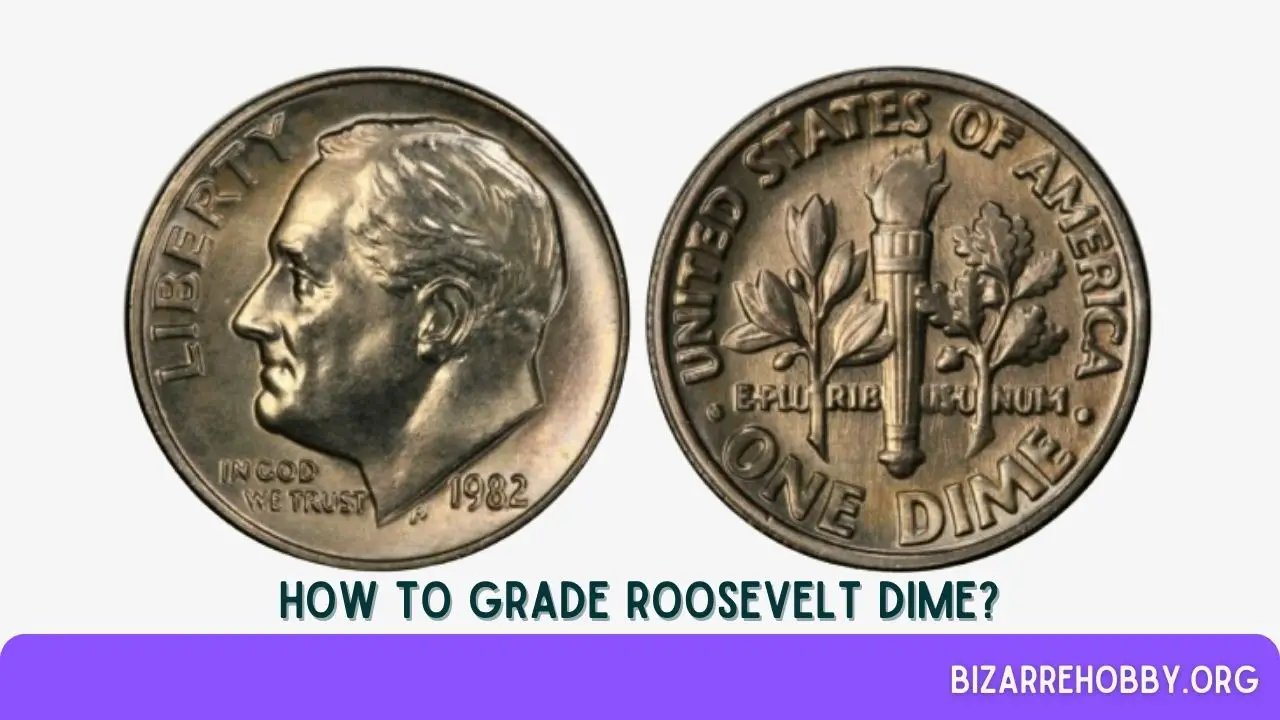For many collectors, especially those new to numismatics, understanding how to grade Roosevelt dime is a common question. One key aspect is distinguishing between silver and clad coins, with a particular focus on collectible pieces that feature Full Bands on the torch.
In addition to this unique characteristic, mint state dimes should exhibit a strong strike and mint luster, making the grading of high-quality specimens a task best left to professionals. It’s also important to note that these coins are considered modern, especially those minted after 1965.
Table of Contents
Grading Standards For Roosevelt Dime

When you delve into numismatics, familiarizing yourself with coin grading is essential. This process determines each coin’s market value based on its condition, preservation level, mint mark, date, minting flaws, and any subsequent damage.
Dr. William H. Sheldon simplified this task in 1949 by introducing the 70-point scale for grading Early American Cents. The American Numismatic Association (ANA) later adapted this scale in the 1970s for all U.S. coinage.
Despite the detailed descriptions provided by this scale, grading each coin under identical conditions is impossible. Coins from the same series can vary due to differences in die condition and design quality.
Therefore, while adhering to strict guidelines, it’s also crucial to consider unique circumstances related to specific mints or coin sets. Nonetheless, this scale remains the most reliable and officially accepted method for evaluating coinage, with allowances for certain exceptions.
| Sheldon Scale | Grade |
|---|---|
| 1 | Basal State-1 |
| 2 | Fair |
| 3 | Very Fair |
| 4, 5, 6 | Good |
| 7, 8, 10 | Very Good |
| 12, 15 | Fine |
| 20, 30 | Very Fine |
| 40 | Extremely Fine |
| 50 | About Uncirculated |
| 60 | Mint State |
| 65 | Mint State |
| 70 | Mint State |
Understanding Grades for Roosevelt Dime
First minted in 1946, Roosevelt dimes are still considered modern by numismatic standards. However, there are a few complexities when evaluating these coins.
The first factor to consider is their age. Coins minted before 1965 are made of a silver alloy and retain intrinsic value regardless of their grade. Even the lowest-quality pieces are worth at least the value of the silver they contain.
Another important aspect is the Full Bands designation. These dimes feature distinct horizontal twin bands along the torch, and experts use specialized techniques to grade these specimens.
In the early 1980s, the U.S. Mint improved die longevity, but this came at the expense of quality. As a result, coins produced after 1981 often have a shallower design, making them appear flattened and less detailed.
Details of Roosevelt Dime
| Specification | Detail |
|---|---|
| Face Value | Ten cents ($0.1) |
| Compound | Silver |
| Copper and nickel | |
| Coin Weight | 2.50 g (0.08038 troy ounces) |
| 2.268 g (0.08000 ounces) | |
| Coin Diameter | 17.91 mm (0.70511 inches) |
| Coin Thickness | 1.52 mm (0.05984 inches) |
How to Grade Roosevelt Dime?
Grading Roosevelt Dimes is essential for determining their value. This process involves evaluating the coin’s condition, wear, and any potential damage. Additionally, checking for minting errors can significantly increase the value of your dime.
1. About Good (AG 3)

Roosevelt dimes, minted from 1946 to the present, are often found in heavily circulated and poor condition, making them worth only their face value. Coins in this grade are generally non-collectible.
- Obverse: The President’s profile is outlined but lacks most details. The date and inscriptions are visible but often merge with the rim.
- Reverse: The design elements are faded and unattractive, with the torch and branches appearing flat and dull.
2. Good (G 4)
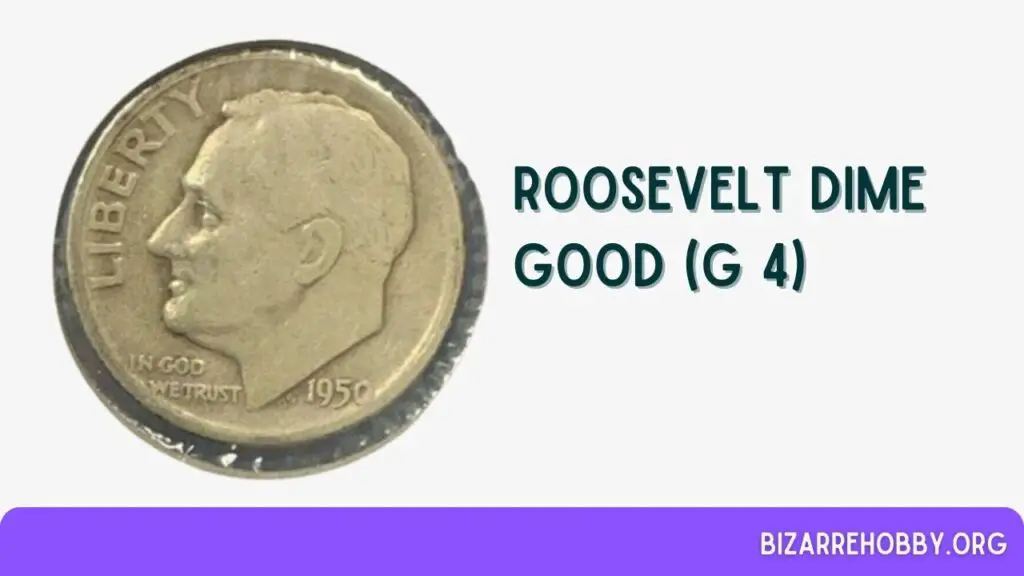
Dimes in this grade are the least attractive collectibles. They show minimal detail, with a low-profile rim and faint inscriptions.
- Obverse: The President’s portrait shows flattened hair and a smooth ear. The date is legible but often weak.
- Reverse: The torch and branches lack detail, with no vertical lines on the flame. Legends are weak but visible.
3. Very Good (VG, VG 8, and VG 10)

While collectible, these dimes rarely fetch high prices. They are not highly valued by serious numismatists due to the abundance of higher-grade coins.
- Obverse: The President’s head is weak and flattened, with smooth hair and ear details. The rim is complete, and the date and inscriptions are readable.
- Reverse: The torch’s outer lines are almost invisible, and the flame is just an outline. Branch details are minimal, but the rim is intact.
4. Fine (F, F 12, and F 15)
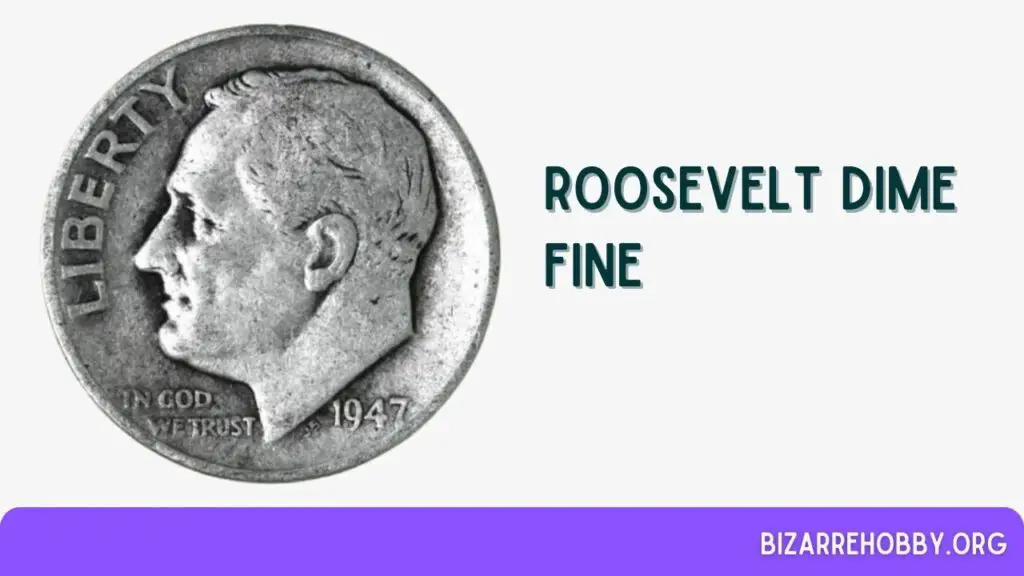
These coins show varying levels of detail based on their sub-rank. They are appreciated by novices for their affordability and charm.
- Obverse: Hair details are recognizable but merged in places. The area above the ear is flat, and the face looks weak.
- Reverse: Vertical lines on the torch are barely visible, and the flame is smooth. Olive and oak leaves lack roundness but are separated.
5. Very Fine (VF, VF 20, VF 25, VF 30, and VF 35)

These dimes have slightly worn surfaces with partially visible details. They are appealing to collectors due to their balance of appearance and price.
- Obverse: Wear spots are visible on the cheek, hair, ear, and chin. Hair strands are mostly separated, with about 75% of details visible.
- Reverse: Wear is noticeable on the flame, but some details remain. Vertical lines on the torch and leaf details are evident.
6. Extra Fine (EF 40 and EF 45)
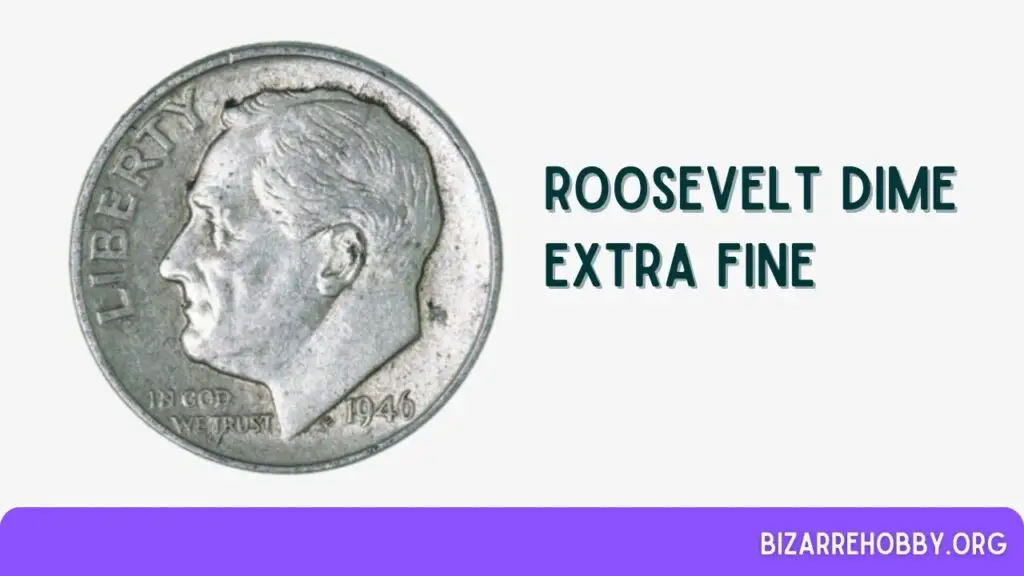
These coins show partial wear that does not detract from their overall appearance. They feature a well-defined torch and a clear President’s profile.
- Obverse: Most hair details are visible, with slight flatness. The jaw and ear show some smoothness, but contours are preserved. Mint luster may be present.
- Reverse: The flame is slightly smooth, but vertical lines are clear. Olive and oak leaves show more detail than lower grades.
7. About Uncirculated (AU 50, AU 55, and AU 58)
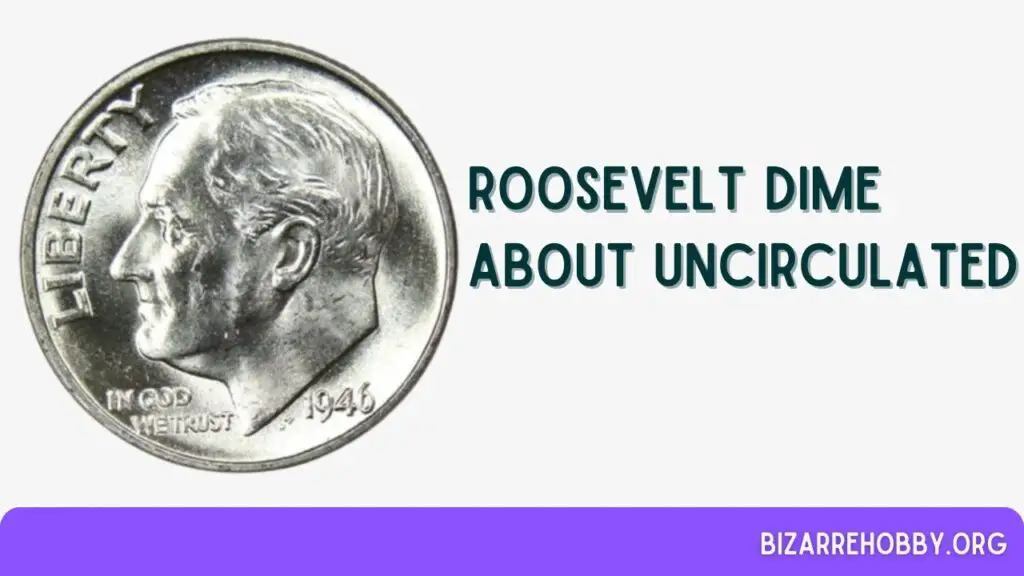
These coins are the best-preserved circulated pieces, showing minimal wear from brief circulation.
- Obverse: The President’s profile is impressive, with slight wear on the hair above the ear. Mint luster is mostly preserved.
- Reverse: With 1/2 to 3/4 of mint luster visible, these dimes are attractive to collectors. They offer a great balance of quality and affordability.
8. Mint State (MS 60 to MS 70)
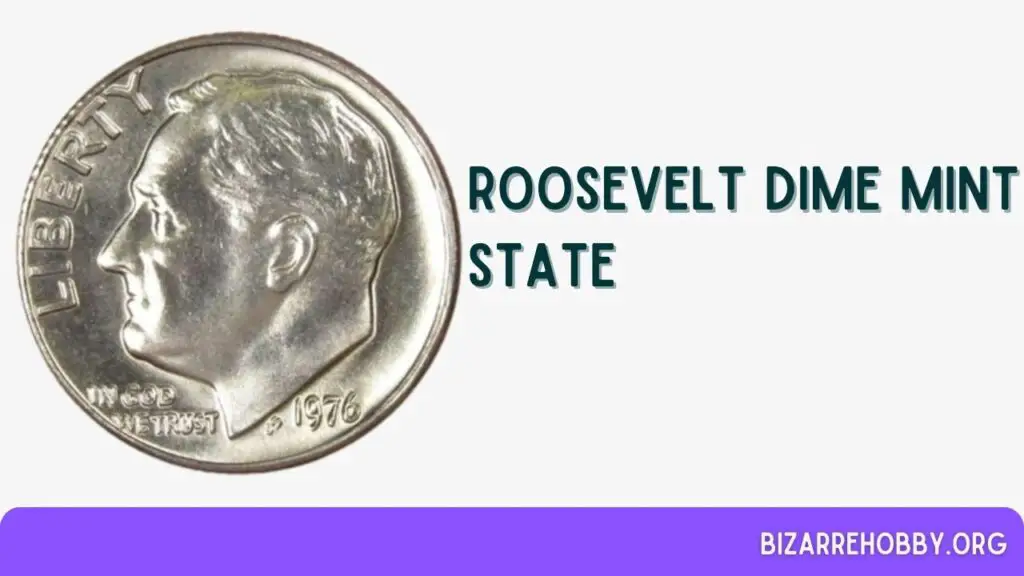
Mint State dimes are in perfect or near-perfect condition, with no signs of circulation. Grading these coins requires experience due to subtle surface differences.
- Obverse and Reverse: These coins may have minor contact marks or friction signs but are otherwise flawless. Full Bands on the reverse make them highly collectible.
Final Thoughts
Roosevelt dimes come in two types: silver coins minted until 1965 and clad pieces with a copper core minted afterward. Mint State dimes with Full Bands are particularly desirable. Understanding these grades helps collectors and investors assess the value and appeal of their Roosevelt dimes.
